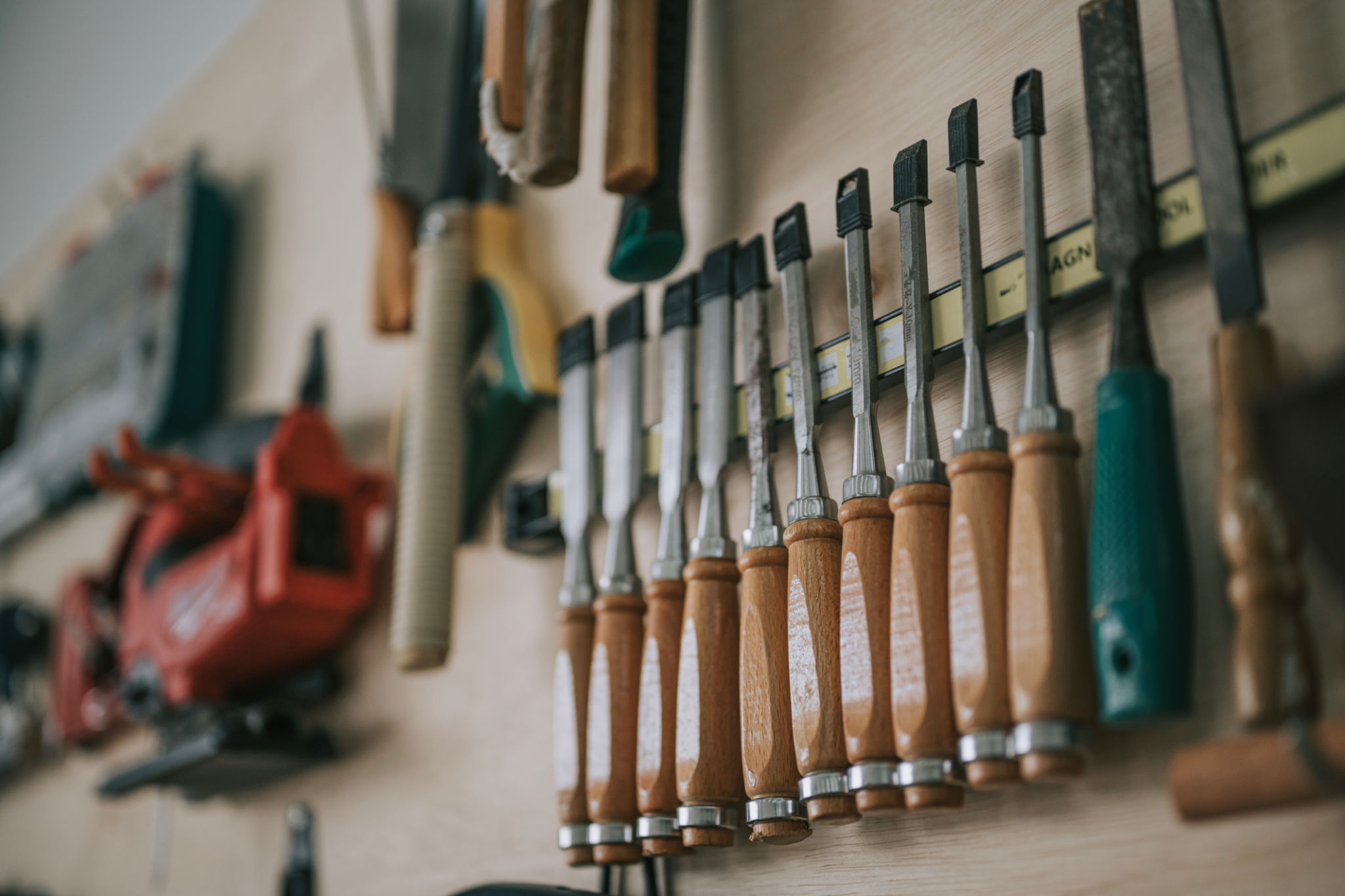General Carpentry & Repairs: Maintaining the Charm of Your Home
Understanding the Basics of General Carpentry
Carpentry is a skill that has been passed down through generations, allowing homeowners to maintain and enhance the beauty of their homes. From constructing sturdy furniture to intricate trim work, general carpentry covers a wide array of tasks that contribute to the aesthetics and functionality of a house.
Whether you're looking to add a new feature to your home or repair an existing element, understanding the basics of carpentry can empower you to make informed decisions. A foundational knowledge can help you communicate effectively with professionals or even tackle small projects yourself.

Common Carpentry Repairs
Homes, like anything else, experience wear and tear over time. Common carpentry repairs include fixing squeaky floors, repairing broken doors, and replacing damaged trim. These tasks might seem minor, but they play a crucial role in maintaining the charm and safety of your home.
Addressing these repairs promptly not only enhances the visual appeal of your living space but also prevents further damage. For instance, a small crack in a doorframe can lead to more significant issues if left unattended, potentially compromising the door's functionality.
Enhancing Your Home with Custom Carpentry
Beyond repairs, carpentry offers endless possibilities for enhancing your home. Custom carpentry allows you to add unique features that reflect your personality and style. Consider custom shelving for additional storage or a beautifully crafted mantelpiece to serve as a focal point in your living room.
Engaging a skilled carpenter can turn your vision into reality, ensuring that each piece is tailored to fit your space perfectly. The craftsmanship involved in custom carpentry can significantly elevate the ambiance and value of your home.

Choosing the Right Materials
The materials you choose for your carpentry projects play a significant role in the final outcome. Wood is a popular choice due to its versatility and timeless appeal. However, selecting the right type of wood is crucial. Hardwoods like oak and maple are durable and ideal for furniture, while softer woods like pine are often used for decorative elements.
Understanding the properties of different materials will help you make informed decisions that align with your budget and the desired aesthetic. Consulting with a professional can provide valuable insights into the best materials for your specific project.
DIY vs. Professional Carpentry
While DIY carpentry projects can be rewarding, it's essential to recognize the limits of your skills and experience. Simple tasks like assembling furniture or installing shelves might be manageable for beginners, but more complex projects often require professional expertise.

Hiring a professional carpenter ensures that the job is done correctly and efficiently. They bring a wealth of experience and access to specialized tools that can make all the difference in the quality of the final product. Weighing the pros and cons of DIY versus professional work can help you decide the best approach for your needs.
Maintaining Your Carpentry Work
Once your carpentry projects are complete, regular maintenance is key to preserving their beauty and function. Simple actions like dusting, polishing, and checking for signs of wear can extend the life of your carpentry work.
Being proactive about maintenance not only keeps your home looking its best but also saves money on future repairs. Establishing a routine can help you catch and address minor issues before they become significant problems.